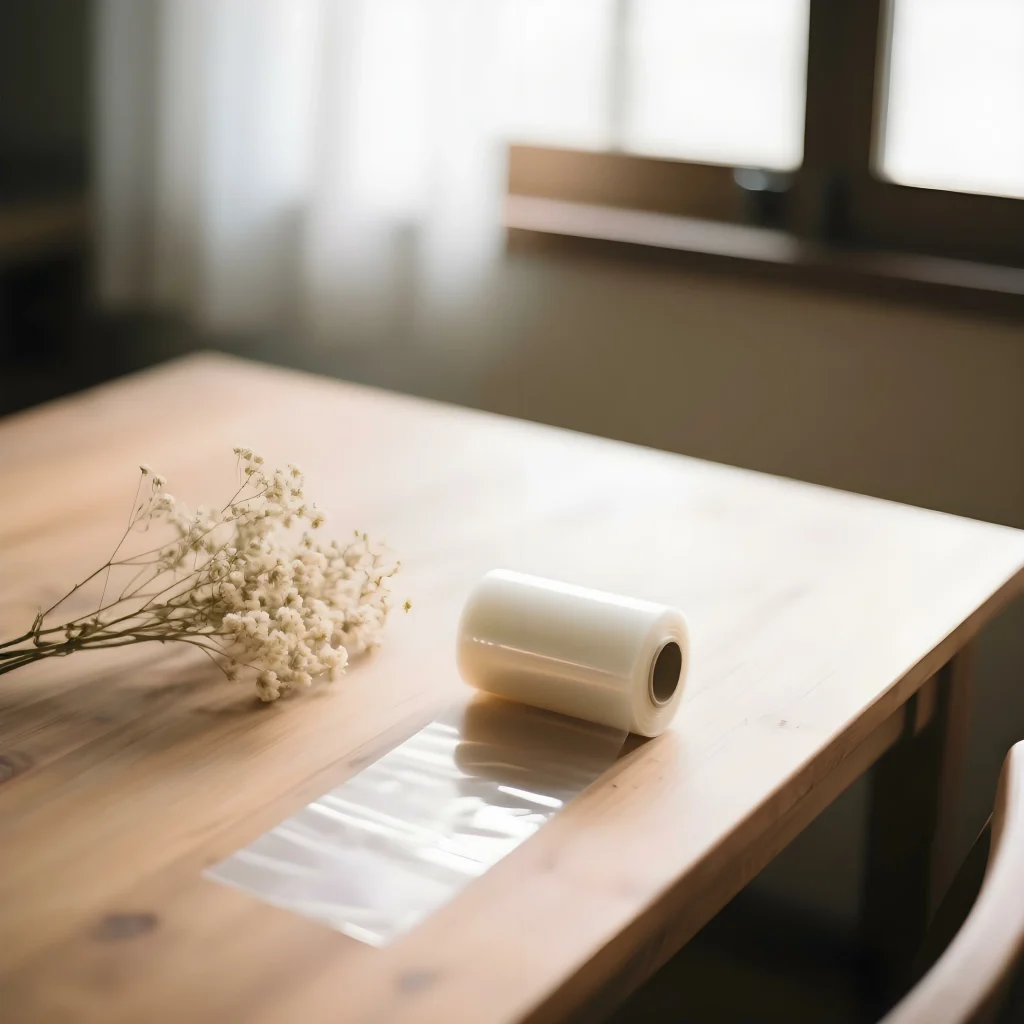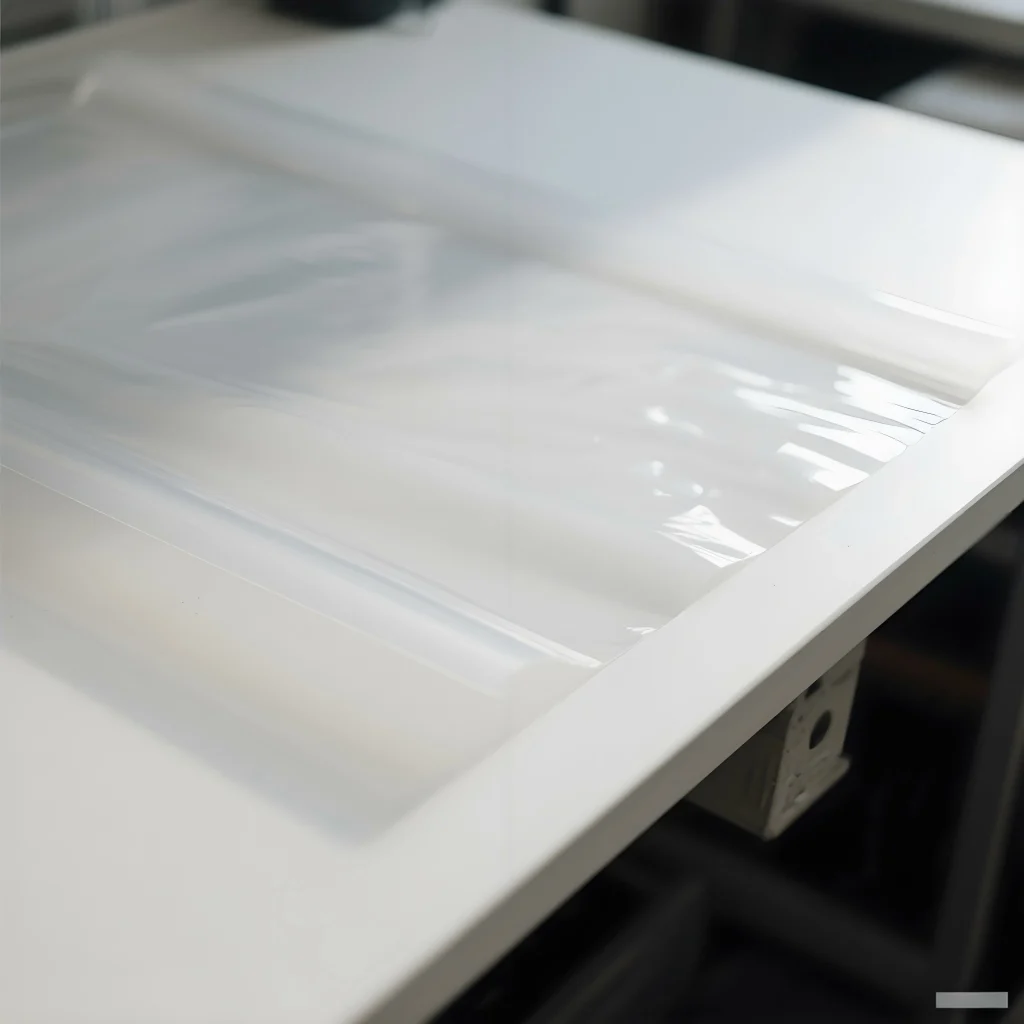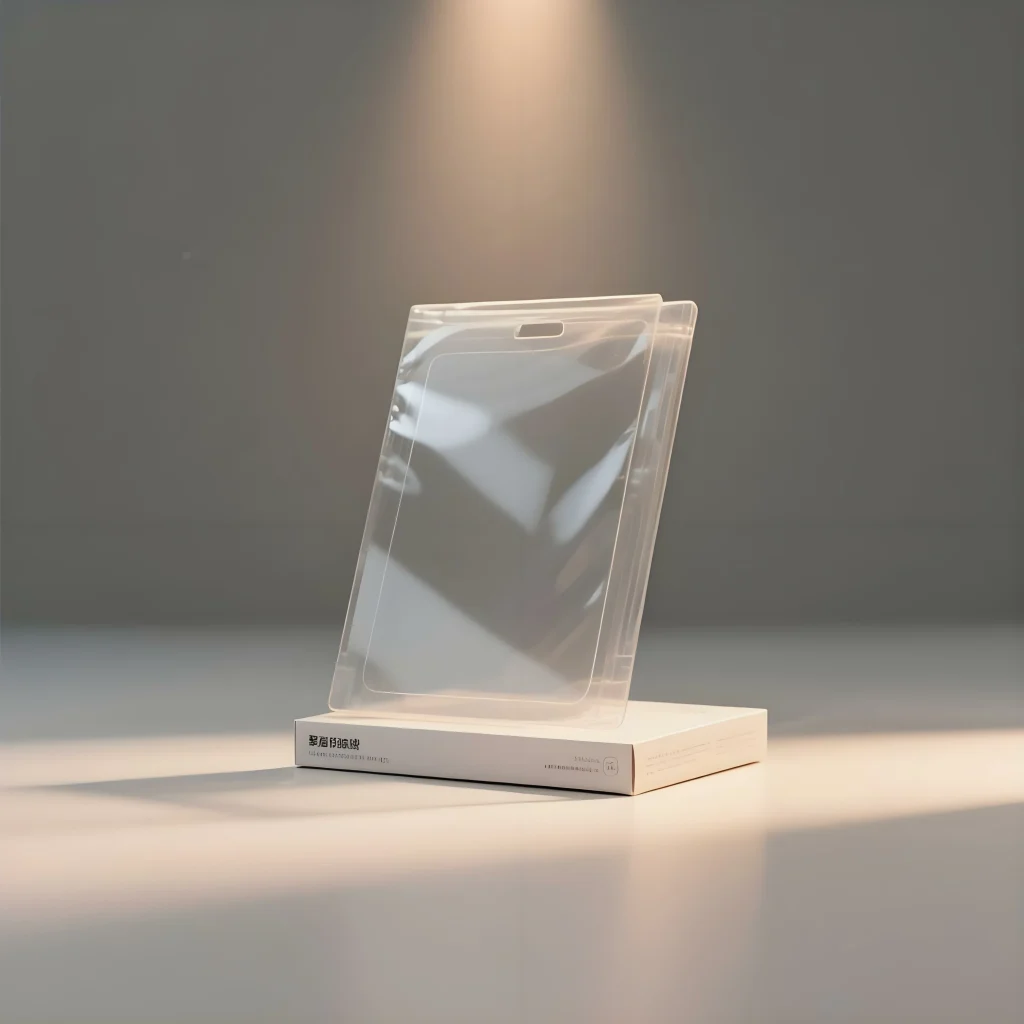1.What Is Mylar? – Definition, Properties, and Applications
Mylar is a tough, lightweight plastic film that many industries rely on because of its strength and flexibility. But what exactly is Mylar made of? And how do people use it today? Here at Welleshaft, we’ll explain the basic definition of Mylar, explore its key material features, melting point, and common uses—from food storage to electronics and stencil crafts.
2.Definition and Scientific Background
First off, it is a brand name for a type of polyester plastic film made from polyethylene terephthalate (PET). It’s a biaxially oriented polyester — meaning the plastic is stretched in two directions to boost strength and stability.
| Term | Explanation |
| Meaning of | Strong, clear, or metal-coated PET film for many uses |
| What defines | A durable plastic sheet designed for insulation and barrier properties |
| Other names for | Polyester film, BoPET, PET film |
| Scientific name | Polyethylene Terephthalate (PET) |
| Is Mylar plastic or polyester? | Both — it’s a polyester-based plastic |
3.Main Properties of Mylar Film
Below are the main properties that make it useful in many fields.
-
Technical Specs of Mylar Film
| Property | Value |
| Thickness range | From 12 to 250 microns (0.5 to 10 mils) |
| Tensile strength | About 20,000 to 30,000 psi (140–210 MPa) |
| Melting point | Around 250°C (482°F) |
| Usable temperature range | Between -73°C and 150°C (-100°F to 302°F) |
| Water vapor barrier | ~0.1 grams per 100 in² per day for 1 mil thickness |
| Oxygen barrier | 3.4 cc per 100 in² per day for 1 mil thickness |
| Electrical insulation | Over 1500 volts per mil dielectric strength |
| Thermal conductivity | Low, making it a good insulator |
| Chemical resistance | Fights off acids, bases, oils, alcohols, hydrocarbons |
| Durability | Keeps strength even after folding, bending, or creasing |
Because of the melting temperature and strong insulation, Fits well in things like food packaging and electrical components.

4.Mylar vs Kapton: What’s the Difference?
| Feature | Mylar | Kapton |
| Base material | Polyethylene Terephthalate (PET) | Polyimide |
| Max temperature | Up to 150°C (302°F) | Up to 400°C (752°F) |
| Common uses | Food bags, reflectors, garden film | Flexible PCBs, solder masking |
| Tape form | Usually no tape | Kapton tape for high-temp uses |
5.Common Uses of Mylar Films
-
Food Packaging and Long-Term Storage
bags and films have become popular for food storage because they block moisture and oxygen well. Here’s what you should know:
- bags keep coffee fresh by limiting oxygen.
- Long-term food storage often uses with oxygen absorbers.
- Avoid storing wet or oily foods without vacuum sealing.
| Task | Best method |
| Sealing bags | Heat sealer or flat iron |
| Without heat sealer | Clothes iron or impulse sealer |
| Recommended thickness | 5 mil or more |
| Bulk buying | Welleshaft offers wholesale options |
Mylar is not biodegradable but you can reuse it many times, and some types meet FDA safety for food.
-
Electrical Insulation and Flexible Circuits
Besides packaging, Mylar’s great for electrical insulation. You’ll find it in:
- Capacitors and coils
- PCB insulation layers
- Flexible circuit boards
- Custom die-cut insulating parts
Its strong dielectric strength and chemical resistance make it perfect for electronics.
6.How to Make Stencils Using Mylar
Here’s how to make one:
- Pick 2–5 mil thickness for durability and ease of cutting.
- Draw or print your design reversed (mirror image).
- Cut carefully with a sharp knife or laser.
- Peel off excess material.
- Attach stencil to rigid backing (cardboard, plastic).
- Smooth edges with fine sandpaper.
- Test spray on scrap to check sharpness.
- Tape down stencil to keep it steady.
- Spray paint thin layers for even coverage.
- Let dry and clean for next use.
People use Mylar stencils for garden markers, airplane models, hydroponics, and decorative crafts.
7.Laser Cutting Mylar Sheets
Laser cutters work well with Mylar when power is set right.
| Thickness | Laser power recommended |
| 0.1 mm (100 microns) | 10–40 watts |
| 0.25 mm (250 microns) or thicker | 40–100+ watts |
Make sure to vent the fumes properly. Thicker sheets might need slower passes to avoid burns.

8.People Also Ask
-
What is made of?
Mylar consists of stretched polyethylene terephthalate (PET) plastic, which gives it strength and clarity.
-
Is polyester or plastic?
Both; Mylar is a polyester-based plastic film.
-
What’s the difference between Mylar and cellophane?
Cellophane comes from cellulose and breaks down more easily, It is a durable plastic film.
-
Can I use for food storage?
Yes, especially with oxygen absorbers for long-term preservation.
-
How thick is standard?
Usually between 0.5 and 10 mils, depending on the use.
9.Conclusion
At Welleshaft, we offer top-grade Mylar films, including ESD-safe bags, custom stencil sheets, and Kapton film options. Reach out to get quality materials made to fit your needs.

